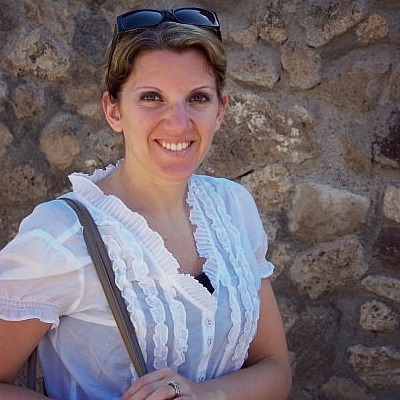
Jessica Reino
Editor
It was a few years ago on a typical Tuesday morning. Kisses and hugs had been given to Daddy on his way out the door to work and I was rushing around feeding the kids, getting them dressed, playing with them, and struggling to pack up to get them in the car to bring my oldest son to preschool.
Like clockwork, the moment we have everything together and ready to go, that is when the meltdowns occur. These were not just any meltdowns. They seemed to be epic and out-of-body. My son was not himself when it happened and once they were over, he was upset that the meltdown took control of him and that it took even more time to calm him down. That Tuesday morning while bracing myself to deal with my son’s meltdown, something extraordinary happened and took me completely off-guard. I remember he closed his eyes, took a deep breath, and asked me if he could have a moment by himself.

Photograph via Unsplash
Confused and wondering where he was going with this, I gave him his moment. I watched as he took several deep breaths, in through his nose and out through his mouth. The redness in his face subsided and he was breathing easier. My son was coming back to me. He opened his eyes and I asked if he were okay. He smiled and gleefully told me that he was learning how to calm himself down at school by focusing on his breathing and that they were also learning to do yoga for exercise. Not only did he enjoy it, but it seemed to be really working for him to become aware of his reactions and learn how to self-regulate. So was this just some passing fad since he went to a private pre-school or could mindfulness really be introduced as part of school curriculum for k-12?
Currently there are programs all across the country that provide in-school and after-school yoga and mindfulness programs. One such program is The School Yoga Project by Little Flower Yoga, which services about seven hundred children per week in the greater New York area.
According to the Association for Mindful Education, teaching yoga and mindfulness to students in k-12 has proven to decrease negative emotions, hyper-activity, stress, anxiety and depression while increasing self-esteem, attention, and empathy.
Not only has it proven to enhance the quality of life and reduce stress of students, but it also has positive effects for teachers.
The Care For Teachers Program, a program offered by The Garrison Institute, is a program specifically designed for teachers to promote the positive effects of mindfulness for themselves and project onto their students in order to create a nurturing, successful, empathetic, teaching environment. Teachers or parents wishing to bring such programs to their own respective schools can contact these organizations to seek out advice on how best to implement the programs within their school districts.
Although long-term research of the effects of mindfulness and yoga in the classroom needs to be addressed as well as the best way to implement such programs in the classroom setting, current studies including the current study by the University of Virginia regarding a wellness curriculum in the k-12 classroom, are showing that the potential benefits are numerous.
Photograph via Unsplash

Now, my son will be entering the first grade and he does a great job of being aware of his emotions and trying to regulate them. He is also starting to teach his one-year-old brother how to recognize when his temper might be trying to take control and they take deep breaths together. It’s wonderful to watch and, quite frankly, I should try to be more mindful as well.
So as we are approaching another school year where tempers and stress may rise, here is to spreading the reduction of epic meltdowns and stress and to promoting wellness for students in the k-12 classroom as well as ourselves. Take a deep breath and enjoy the ride.
More About Jessica Reino: Kidlit writer, editor for @pandamoonpub, foodallergy advocate, wife and mom to two amazing boys who keep me on my toes. Find out more at www.jessicareino.me.






